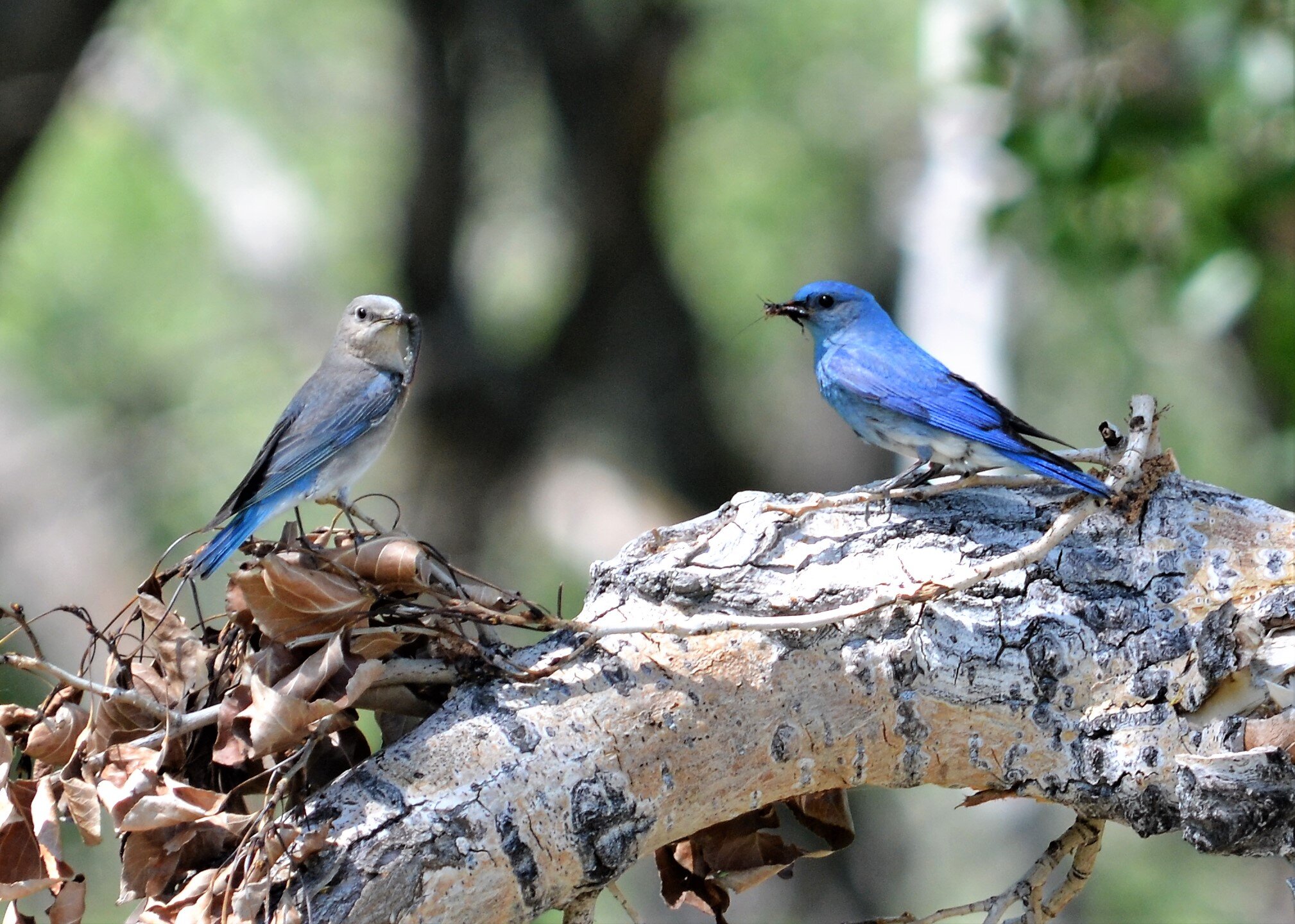Reader’s Digest Feature Post: Saving Canada’s Mountain Bluebird
As we review our website statistics and analytics for 2021, we are proud to feature articles and posts that have in-bound links to our website that we think are worthy of your attention!
Everyone is familiar with Reader’s Digest - it is Canada's most read, most trusted magazine. Inspiring real-life stories, laugh-out-loud humour, and insightful articles about health, lifestyles, and truly remarkable Canadians.
In 2021 they featured an article about Ron Reist’s experience as a Trail Monitor. Here is a sample of the article. Check out a snippet of the article below and be sure to read the full post on the Reader’s Digest website.
Saving Canada’s mountain bluebird
By Ron Reist, Our Canada
Updated: Mar. 30, 2021
As a member of the Calgary Mountain Bluebird Trails Conservation Society, Ron Reist maintains more than 480 bluebird boxes along a 250-kilometre round-trip trail.
For as long as I can remember, birds have fascinated me. From my pre-teen years, rafting on a country slough, to recent bird expeditions to Columbia and Australia, I have sought out their pleasure.
There are three species of bluebirds, all found in North America: the eastern, western and mountain bluebird. The mountain bluebird breeds in the west, from the western states up through Canada and parts of Alaska and across the Rocky Mountains. Like many other birds, female bluebirds are much less colourful than the males. They often look more grey or brown than blue, with the exception of the tips of their wings and tails. Henry David Thoreau wrote, “The bluebird carries the sky on his back.”
The problem with mountain bluebirds
The bluebird’s biggest problem today is a serious housing shortage. They can be extremely fussy about where they build their nests. They won’t nest in cities or crowded suburbs, and they dislike forests or deep shade. Instead, they prefer open spaces with not too many trees or buildings around them. They nest in small enclosures or holes, and love rotted, wooden fence posts, dark hollows in decaying trees, knotholes and abandoned woodpecker holes. Of course, not every natural nesting hole is gone, but those that remain are often taken over by more aggressive birds, such as the English house sparrow and the European starling…
(continued)
Read the full post: Saving Canada's Mountain Bluebird | Our Canada Magazine (readersdigest.ca)
